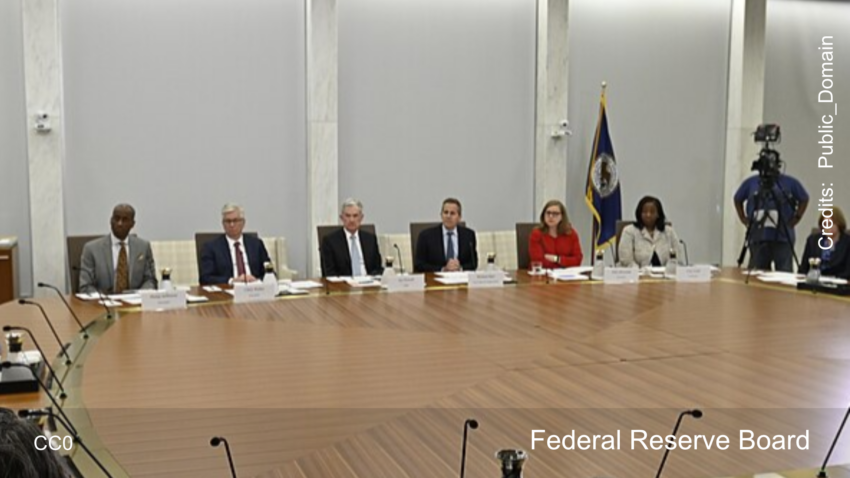The Federal Reserve has cut interest rates for the second consecutive time to mitigate high borrowing costs and support the economy. This move comes after a previous rate cut in September, when the Fed pivoted from a prolonged high rate of 5.33%. The central bank aims to control inflation, which, although reduced, still exceeds the Fed’s target of 2%. Fed Chair Jerome H. Powell highlighted the economy’s resilience, noting a cooled yet strong labor market and declining inflation.
- Continued Rate Cuts Amid Inflation Control Efforts: The Fed has cut interest rates for the second time, bringing rates down from a prolonged high of 5.33% to support the economy and manage inflation, which remains above the 2% target.
- Potential Influence of Trump’s Economic Policies: Analysts expect further rate cuts in December and into 2025, but Trump’s policies—like tax cuts and tariffs—could increase inflation pressures, complicating the Fed’s goals.
- Neutral Rate Target and Economic Balance: The Fed aims for a neutral interest rate around 3% to support economic growth without overheating; however, Trump’s pro-growth agenda may counteract this balance and reintroduce inflationary risks.
- Fed’s Independence and Political Pressure: Trump’s criticisms of Powell and potential influence over Fed decisions could challenge its independence, although Powell reiterated that the Fed remains data-driven and committed to economic stability.
Sources such as Bloomberg reported the Fed’s anticipated quarter-point reduction in its benchmark rate. Analysts expect another cut in December, followed by several in 2025. However, the Fed’s rate trajectory remains uncertain due to potential shifts in fiscal policies under a second Trump administration. President Trump’s economic policies, including tax cuts and tariffs, could influence inflation, complicating the Fed’s efforts to stabilize rates.
The Fed aims to reach a neutral interest rate of about 3%, neither stimulating nor restricting growth. Powell emphasized the need for a balanced approach to maintain labor market strength while progressing against inflation. However, Trump’s victory could disrupt this balance. His proposed policies might spur growth but also risk reigniting inflation, challenging the Fed’s plans.
Wall Street reacted positively to Trump’s victory, with significant gains across major indices. However, rising mortgage rates and long-term bond yields pose additional challenges for the Fed. These trends reflect expectations of higher future inflation and interest rates, potentially complicating the central bank’s decisions.
Political dynamics add another layer of complexity to the Fed’s task. Trump previously criticized Powell and the Fed’s independence, a cornerstone of sound economic policy. Analysts warn that political pressure could influence monetary policy decisions. Trump favors low interest rates and may seek to appoint a Fed chair aligned with his economic vision if Powell’s term ends in 2026.
For now, the Fed intends to continue its rate-cutting strategy, with another reduction expected in December. Yet, the uncertainty surrounding Trump’s economic policies may prompt the Fed to pause its actions early next year. Powell reiterated that Fed decisions remain data-driven, with no immediate policy changes following the election.
The Fed remains committed to its goals of maximum employment and price stability, steering clear of speculation and political influence. Its future actions will depend on economic data and the evolving fiscal landscape under a new administration.

